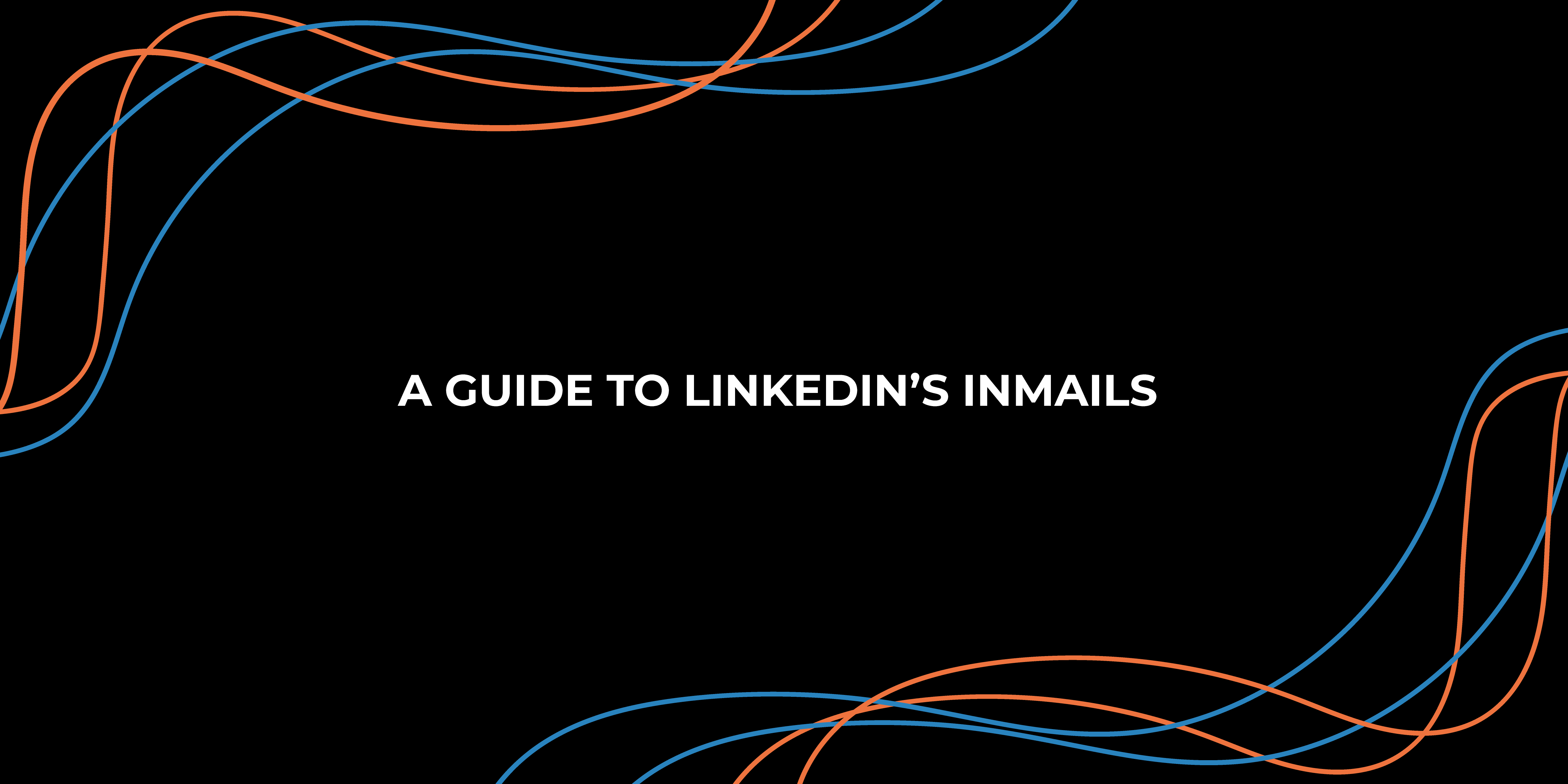LinkedIn InMail is a paid direct messaging feature on LinkedIn that allows you to send private messages to other LinkedIn members even if they are not in your contacts. InMails can be an excellent tool for reaching out to people, as they are 2.6 times more effective than cold emails. Many professionals use InMails to reach out to potential clients, customers, or job candidates for recruiters.
InMails can be challenging to navigate, so here’s a guide outlining the basics of the LinkedIn InMail system.
How does LinkedIn InMail work?
LinkedIn InMail is a premium feature that requires a paid subscription. Depending on your paid subscription, you will get a certain number of Paid InMail credits, which allows you to send InMails. Whenever you send an InMail out, you will use up your InMail credits.
However, the InMail credit is preserved if the recipient responds to you within 90 days. Hence, by conducting research and crafting your InMails carefully to be sent to the right target audience, you could use your InMail credits indefinitely.
Benefits of using LinkedIn InMail
Reach a wider audience: The main draw of LinkedIn InMail is that you can reach out to any LinkedIn member, even if you are not connected with them. This vastly expands your reach and allows you to connect with people who may not be part of your immediate network.
Build relationships: LinkedIn InMail is a great way to build relationships with potential clients, customers, or job candidates. By reaching out directly, you can start a conversation and establish a connection that could lead to future opportunities. Many business professionals have even started using LinkedIn InMails as a sales platform, by pitching their service to connections.
Increased response rates: LinkedIn InMail has been shown to have higher response rates than traditional email or direct messaging on other platforms. They are delivered directly to the recipient’s LinkedIn inbox and together with a good subject line and content copy, you could expect a decent engagement rate. Furthermore, doing proper research and ensuring you reach out to the right target audience can also increase your engagement rates.
Time-saving: With LinkedIn InMail, you can quickly and easily reach out to a large number of recipients, whether that is potential clients, customers, or job candidates. By allowing you to target a specific audience and sending them all InMails, you can save a lot of time and effort compared to other methods of communication.
Tips for using LinkedIn InMail
Be concise and to the point: Make sure your InMail message is brief and to the point, clearly stating the purpose of the message and why you are reaching out. While the character limit for InMails is 2000, you should not be reaching this limit. Ideally, your InMails should be under 100 words, which gives you a 50% chance of getting a response.
Personalize your message: The point of LinkedIn InMails is to send personalised connections, rather than spammy generic messages. LinkedIn has a reputation feedback system which values authenticity, and if many recipients report your InMails, your sending power will be limited. Furthermore, almost half of B2B decision makers do not respond to generic, non-personalised InMails. Always address the recipient by name and personalize your message to make it stand out.
Keep your profile up-to-date: Make sure your LinkedIn profile is up-to-date and accurately reflects your professional experience and skills. A strong profile helps increase the chances of your InMail messages being responded to, as recipients can see that you’re a professional who is genuinely interested in making a connection. Read more about how to keep your profile updated here.
Final Round Up
In conclusion, LinkedIn InMail is a powerful tool for professionals to communicate with one another and reach out to potential clients, customers, or job candidates. By understanding and using LinkedIn InMail effectively, you can expand your reach, build professional relationships, and increase your chances of success on LinkedIn.




